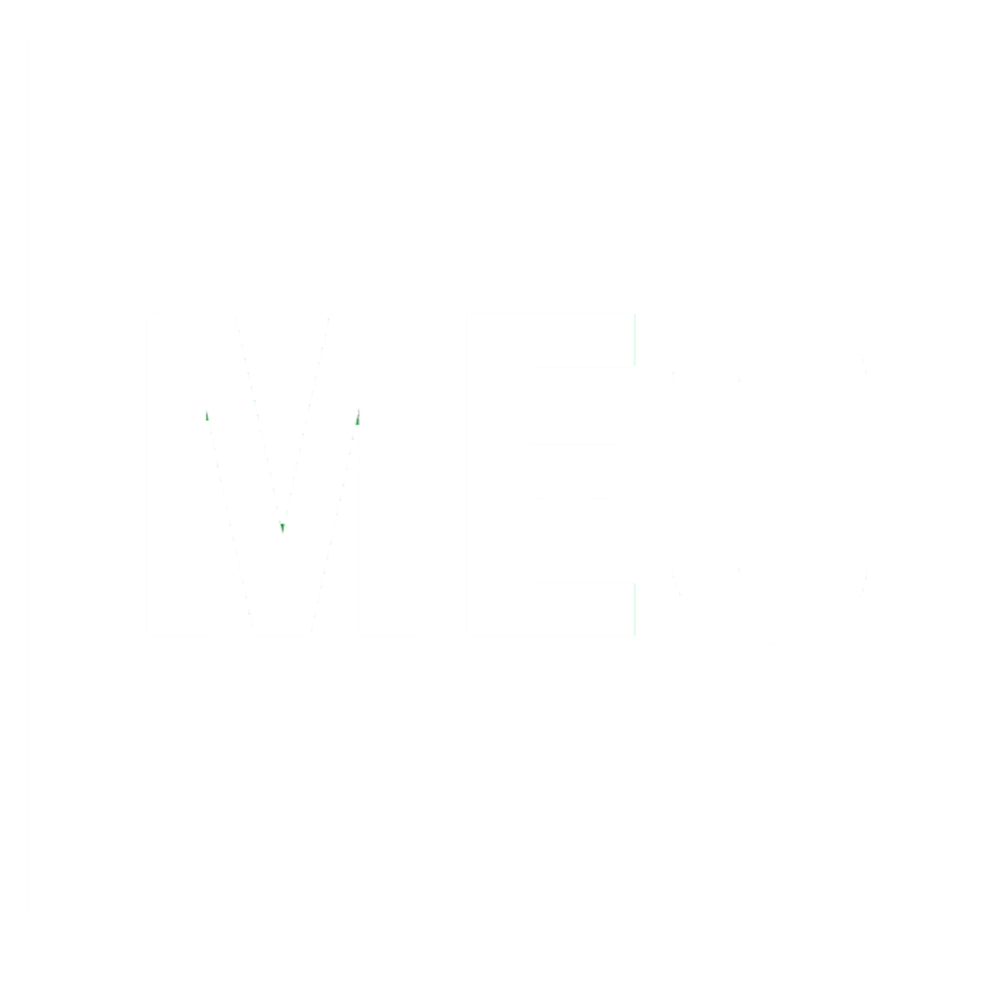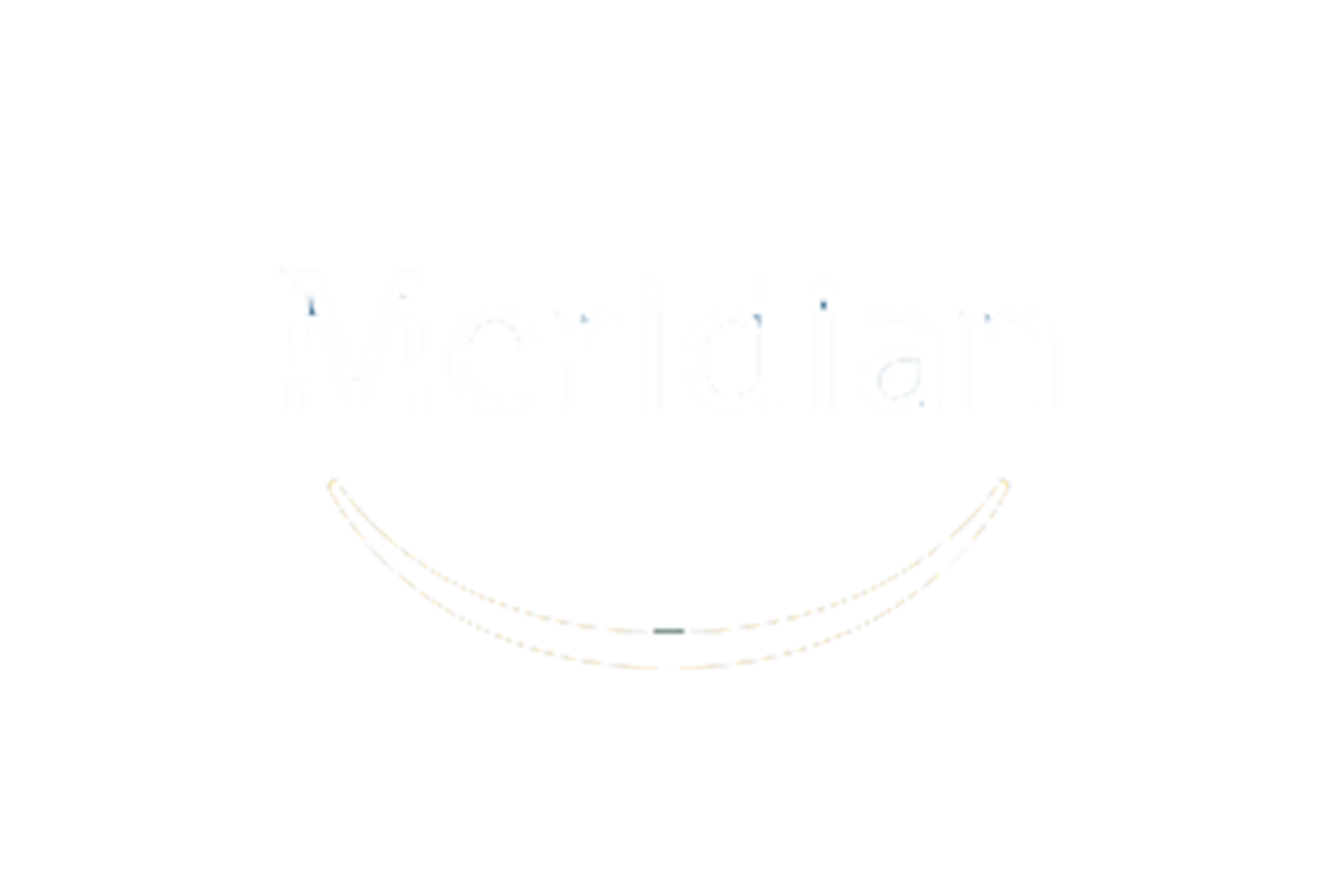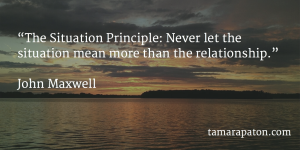

While reading the title of this blog post, can you count to ten by twos and hum your favourite song?
Individually, these tasks are easy to perform. Taken together, however, things get tricky. Unfortunately, the human brain isn’t capable of multitasking. Each successive task we layer on our working memory increases our cognitive load.
Originally described in terms of learning and problem solving, cognitive load applies more broadly. It’s the reason we can’t contribute to a meeting while reading email. It’s the tension felt when struggling to hear someone in a noisy room.
Extending beyond the present moment, cognitive load can also slow our progress towards key goals. Distractions waste time, but the related mental burden creates longer lasting setbacks. Such a risk is significant for professionals who juggle a portfolio of responsibilities.
I recognize that everyone is busy today. It seems that the curse of becoming known for relatively unique expertise is a steady stream of requests for one’s time. If we satisfy these competing demands, we may mistake busy-ness for progress. And we will burn out along the way.
As corporate directors, how do we manage a portfolio of work without smoke billowing from our ears?
Beware of Other People’s Projects
As much as I encourage boundaries, I forgot about them last week. I had lunch with a consultant who wanted my input on a project. A worthy non-profit had questions about its governance practices. And I helped a neighbour sift through grant applications.
When I found myself giving an hour of free business advice to my former yoga teacher, I should have smacked myself a few times. Networking introductions, pick-your-brain coffee dates, and pro bono consulting projects can become a full-time job. Unfortunately, most of the opportunities don’t advance a board career. None of us want to become heartless, but consistently placing other people’s priorities ahead of our own stagnates our progress.
Avoid overboarding
Proxy advisory firms take a hard stance against directors who serve on too many boards. According to their guidelines, directors are stretched thin when they serve more than five companies. Sitting CEOs should sit on no more than two boards unrelated to their day jobs.
Depending on your work, volunteer activities and family life, your practical limit may be lower. I find it difficult to keep more than three organizations’ stories top of mind. Even something as simple as scheduling meetings becomes a feat of engineering. In my experience, it’s more efficient to bear increasing responsibilities in fewer organizations than it is to grow one’s collection of board appointments.
Streamline information management
How many e-mail messages are in your inbox right now? If it’s more than a dozen, the Inbox Zero practice could really help you. I recommend it to anyone who wants to spend less time on e-mail and more time making an impact.
Online reading is a close cousin to e-mail management. (I just counted 19 open tabs in my browser. Busted!) A productivity expert at SAP recently identified the ability to manage incoming information as one of the top 10 skills of the future.
“A tweet here, a text message or e-mail there and pretty soon managing the flow and prioritization of all this information becomes a challenge. The ability to effectively filter and focus what on what really requires your attention becomes paramount. This includes effectively managing your channels, deciding where to participate versus where not to and taking a disciplined approach to managing distractions as opposed to real priorities.”
Although managing information is a critical skill, getting good at it comes with a cost. In his book, The Shallows: What the Internet is Doing to Our Brains, Pulitzer Prize-finalist Nicholas Carr illustrates how online reading induces an intellectual decay. His research reveals that reading on the Internet scatters our focus and dulls our aptitude in ways that reading print content avoids. At the very least, we should be sure that the information we take in is worth the price.
Rest your way to mental fitness
Psychologist Anders Ericsson found that virtuoso violin players practiced for intervals lasting no more than 90 minutes and no more than three sessions in the course of a day. Athletes know that muscle isn’t built in the gym; new fibres grow when we rest after exertion. The same is true for our brains.
Executive coach Peter Bregman recommends meditation as a way of clearing mental clutter and resisting distraction. Beginning the day with a few minutes of quiet focus wipes the slate clean. Check out the Headspace app for a nearly effortless start.
When a colleague asks how you are doing today, will you mention busy-ness in your response? I’m all for pursuing life with a driving pace. If your attention is distributed diffusely, however, your board career would benefit from more selectively invested time, energy and brain power.
Your turn: How close are you to a full cognitive load? What are your favourite ways to ease the burden?
Please share your response via Twitter, LinkedIn or e-mail.
Thank you for reading! If you found this post useful, please click the “like” button on LinkedIn and/or share it with others in your network. Doing so helps my work reach others and would mean so much to me.








